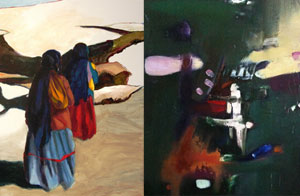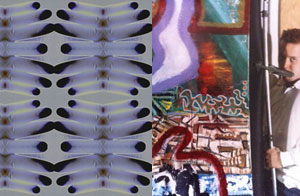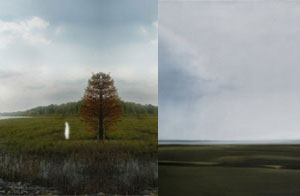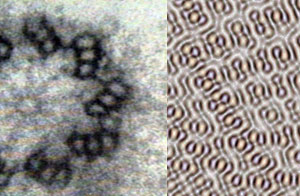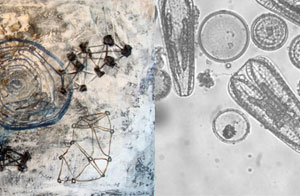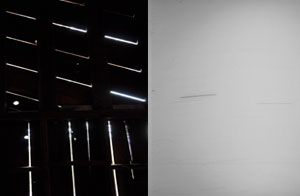MayBe Art is BEDOUIN Bedouin people are found throughout the Arabian Peninsula and North Africa and are considered to be the original Arab. Their nomadic living in open desert conditions as pastoralists (of land or a farm) grazing camels, sheep and goats requires them to move constantly from pasture to pasture because of water scarcity. […]
fa
MayBe Art is GREEN SEEING GREEN Green is the color of nature from the subatomic to the cosmic. Originating from Middle English, green means grass and grow. Green is electromagnetic radiation, a form of energy creating a spectrum or continuum of color values in visual light. Visible light is responsible for our optical sense of […]
Ha
MayBe Art is MAPPING Maps are a universal medium for guidance in communication of geography for exploration. They orient us as the nucleus to our position relative to everything else. But what are the origins of a maps directions which initiates the composition of its navigation? The earliest known physical maps are of the heavens […]
Ua
MayBe Art is OBSERVATION Why has our species drawn images from nature for 7 million years? The passion to live has driven artists to work tirelessly; specifically, with a focused concentration observing and utilizing nature as a guide. The artists studies and gathers visual information in order to render images, through a consciously trained eye. A deep […]
Ca
MayBe Art is LOSS Nature’s cycles have to do with how the earth renews itself. Each time we go through increments of change and loss, we are giving up something and re-balancing our lives. This renewal process can be gradual and gentle, or it can be tumultuous, violent and destructive. In either case, or at any point […]
Zb
MayBe Art is a RELATIONSHIP WITH MOVEMENT James MacAllister jdm@geo.umass.edu Cross section of a kinetosome, the base of the “undulipodium” “An undulipodium, sometimes referred to with the anachronistic term eukayotic flagellum is an organelle with a ubiquitous pattern of 9(2)+2 arrangement of microtubules within a cell that is the base of sperm tails , oviduct […]
Za
MayBe Art is a MICROCOSMOS Elen A. Feinberg Nocturne XXXIII oil on linen 64″ x 52″ 2000 www.elenafeinberg.com “I began as a still life painter. After some time, I created a window behind the still life with a view of the landscape. Eventually, the landscape took over and the still life objects were reduced […]
Z
MayBe Art is ENDLESSLY ENFOLDING AND UNFOLDING Zach Layton Kinetic Sonification Series Laser Ink Jet 13″ x 19″ Pattern Recognition Exhibition, Philoctetes Center, NY, NY www.zachlaytonindustries.com Image-A barnacle (Balanus improvises) from the Hudson River. Dr. David L. Strayer Freshwater Ecologist Ph.D., 1984, Cornell University Research is focused on the distribution and roles of freshwater invertebrates. […]
Y
MayBe Art is NATURES CYCLES Sheila Goloborotko The Day We Bomb the Moon, 2009 Oil, asphalt, gauze on canvas 48.5″ x 60.25″ www.goloborotko.com Heather M. Malcom Photographer Image of Phytoplankton (small, free-floating organisms that are able to photosynthesize) from the Hudson River. Most of the phytoplankton in this photograph are diatoms, which live in […]
R
MayBe Art is PATTERNS Mark Jacobson Barn Lights 2010 Photograph www.markdjacobsonphotography.com Alison Doane Curator of Astronomical Photographs at the Harvard College Glass Plate Observatory www.cfa.harvard.edu/hco/plates.html Harvard Glass Plate Observatory Star Tracings 1880’s http://dasch.rc.fas.harvard.edu/index.php “Ultimately I believe human understanding is a class of brain patterns—but I suspect that this description is only of minimal utility or […]
